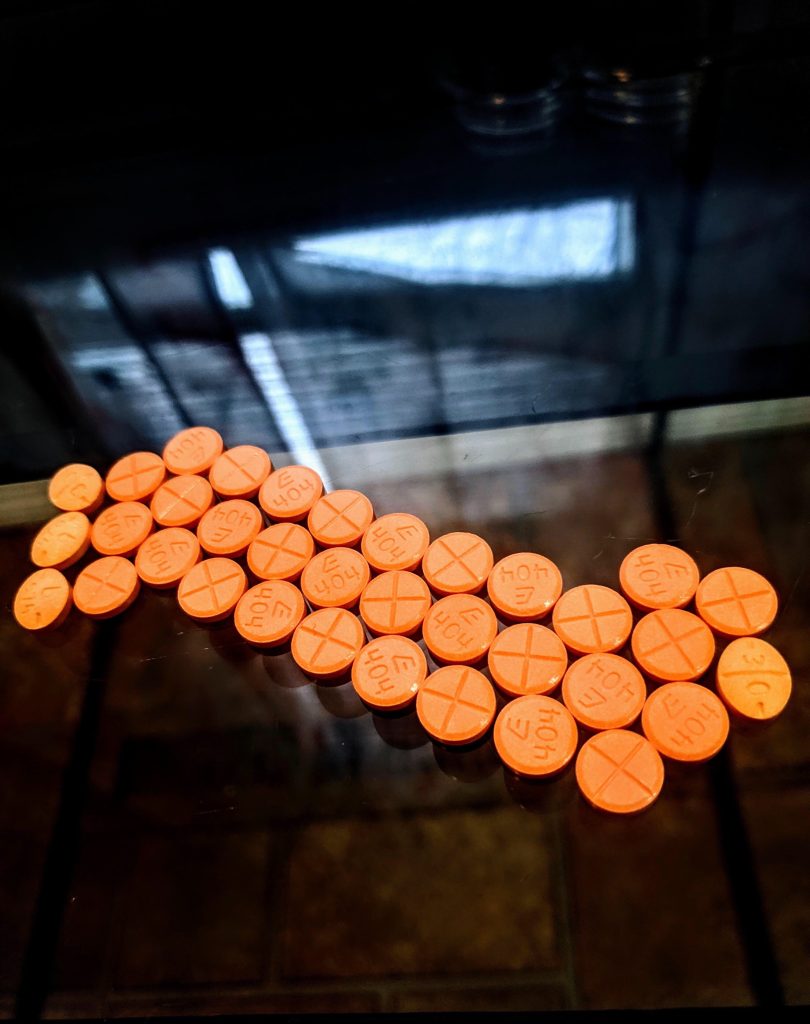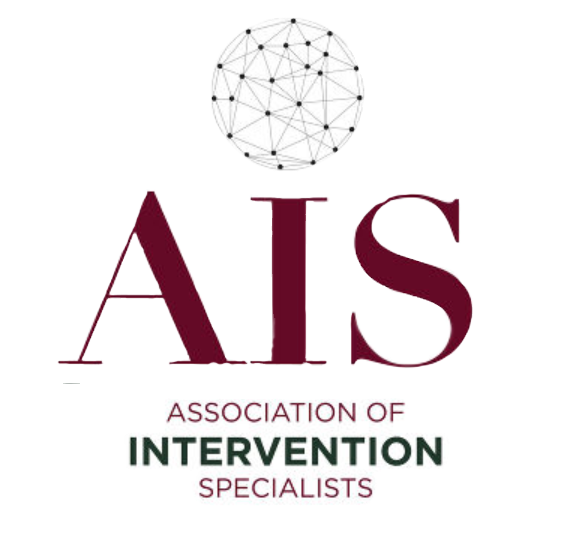Adderall
Our experience with Adderall is over the last 20 years, Adderall has become more and more prevalent as one of the most abused substances, especially among 18-30-year-olds. We believe there are several reasons for this, including the misdiagnosis of ADHD, an Adderall’s euphoric effects on the patients. We have seen many patient’s with Adderall addictions usually cooccurring with other addictions.

What is Adderall?
Let’s delve into the details of dextroamphetamine and amphetamine, commonly found in medications like Adderall, Adderall XR, and Mydayis. These drugs fall into the category of central nervous system stimulants. Here’s what you need to know:
Purpose and Mechanism
- Purpose: Dextroamphetamine and amphetamine are prescribed as part of a comprehensive treatment plan for attention deficit hyperactivity disorder (ADHD).
- How It Works: These medications alter the levels of specific natural substances in the brain, helping to increase attention and reduce restlessness in individuals who exhibit overactivity, lack of concentration, or distractibility.
Forms and Dosage
- Immediate-Release Tablet (Adderall): Typically taken 2 to 3 times daily, with doses spaced 4 to 6 hours apart, either with or without food.
- Extended-Release Capsules (Adderall XR, Mydayis): These are long-acting formulations that provide sustained effects throughout the day.
Important Warnings
- Habit-Forming: The combination of dextroamphetamine and amphetamine can be habit-forming. Avoid taking larger doses, using it more frequently, or extending the duration beyond your doctor’s prescription.
- Symptoms to Watch For: If you experience any of the following symptoms, seek medical attention promptly:
- Fast, irregular heartbeat
- Sweating
- Dilated pupils
- Abnormally excited mood
- Restlessness
- Irritability
- Difficulty sleeping
- Hostility
- Aggression
- Anxiety
- Loss of appetite
- Loss of coordination
- Uncontrollable movements
- Flushed skin
- Vomiting
- Stomach pain
- Suicidal thoughts or harming oneself or others
- Heart Risks: Overusing these medications may lead to serious heart problems or sudden death.
- Gradual Discontinuation: Do not stop taking dextroamphetamine and amphetamine abruptly, especially if you’ve overused it. Your doctor will likely decrease your dose gradually while monitoring your well-being.
- Avoid Sharing: Do not sell, give away, or allow others to take your medication. It’s against the law and can harm others.
- Storage: Keep these medications in a secure place to prevent accidental or intentional misuse by others. Keep track of the remaining tablets or capsules
(Medline Plus, n.d.)
What are Psycho-Stimulants?
Psychostimulants, also known as central nervous system stimulants or colloquially as uppers, are a class of drugs that increase the activity of the brain and the spinal cord. They serve various purposes, including:
- Enhancing alertness
- Improving attention
- Boosting motivation
- Enhancing cognition
- Affecting mood
- Enhancing physical performance
Here are some key points about psychostimulants
- Common Examples: Psychostimulants include substances like caffeine, nicotine, amphetamines, cocaine, and modafinil.
- Medical Uses: They have been used to treat conditions such as narcolepsy, attention deficit hyperactivity disorder (ADHD), obesity, depression, and fatigue.
- Recreational and Non-Medical Use: Psychostimulants are also used recreationally, as performance-enhancing substances, and as cognitive enhancers by various groups of people, such as students, athletes, workers, and soldiers.
- Potential Risks and Side Effects: While they can provide benefits, psychostimulants come with potential risks, including addiction, tolerance, withdrawal, psychosis, anxiety, insomnia, cardiovascular problems, and neurotoxicity.
- Regulation and Prescription: Due to these risks, their use is regulated by laws and policies in most countries, and in some cases, they require medical supervision and prescription.
Now, let’s delve into specific examples
- Illegal Drugs:
- Methamphetamine: A powerful and highly addictive stimulant often associated with illicit use.
- Ecstasy (MDMA): A synthetic drug with stimulant and hallucinogenic effects, commonly used recreationally.
- Prescription Stimulants:
- Attention Deficit Hyperactivity Disorder (ADHD):
- Methylphenidate (Ritalin): Used to improve focus and attention in individuals with ADHD.
- Dextroamphetamine (Adderall): Another common ADHD medication.
- Depression:
- Modafinil: Sometimes prescribed off-label to alleviate symptoms of depression.
- Attention Deficit Hyperactivity Disorder (ADHD):
What are Signs of Adderall Overdose?
Adderall, a central nervous system (CNS) stimulant, is commonly prescribed to treat attention deficit hyperactivity disorder (ADHD) and narcolepsy. However, it can be dangerous if not taken under medical supervision. Let’s delve into the details:
Typical Prescribed Dosage
- For children with ADHD (ages 6 and older), the starting dosage may be 5 mg or 10 mg per day.
- For adults with ADHD, the initial dosage of Adderall XR (extended-release) is typically 20 mg per day.
- Dosages may vary based on individual needs and response to treatment.
Lethal Dose
- The amount of Adderall that could lead to an overdose varies widely from person to person.
- A lethal dose of amphetamine (the active ingredient in Adderall) is reportedly between 20 mg to 25 mg per kilogram (kg) of body weight for adults.
- For children, it’s 5 mg/kg
- However, even as little as 1.5 mg/kg has been reported as a lethal dose in adults.
Overdose Symptoms
- Restlessness
- Tremor
- Muscle twitches
- Rapid breathing
- Confusion
- Hallucinations
- Panic
- Aggressiveness
- Dark-colored urine
Effects of Adderall
Stimulants, including dextroamphetamine and methylphenidate, exert their influence within the intricate neural networks of our brains. Here’s a breakdown of their actions:
Neurotransmitter Systems
- Stimulants primarily target the monoamine neurotransmitter systems, which include norepinephrine and dopamine.
- These neurotransmitters play crucial roles in mood regulation, attention, and arousal.
Enhancing Effects
- When someone takes stimulants, they enhance the effects of these neurotransmitters.
- Specifically:
- Dopamine: The “feel-good” neurotransmitter. Increased dopamine signaling can lead to feelings of euphoria.
- Norepinephrine: A stress hormone and neurotransmitter. It affects various bodily functions:
- Blood Pressure and Heart Rate: Stimulants can raise blood pressure and heart rate due to increased norepinephrine activity.
- Vasoconstriction: Blood vessels constrict, affecting blood flow.
- Blood Glucose: Stimulants can elevate blood glucose levels.
- Bronchodilation: Breathing passages open up, aiding in respiratory function.
Misuse and Risks
Misusing stimulants (such as Adderall) can lead to:
- Addiction: The euphoric effects can drive repeated use.
- Cardiovascular Issues: Elevated heart rate and blood pressure.
- Psychological Effects: Anxiety, paranoia, and hallucinations.
- Physical Health Concerns: Weight loss, sleep disturbances, and appetite changes.



